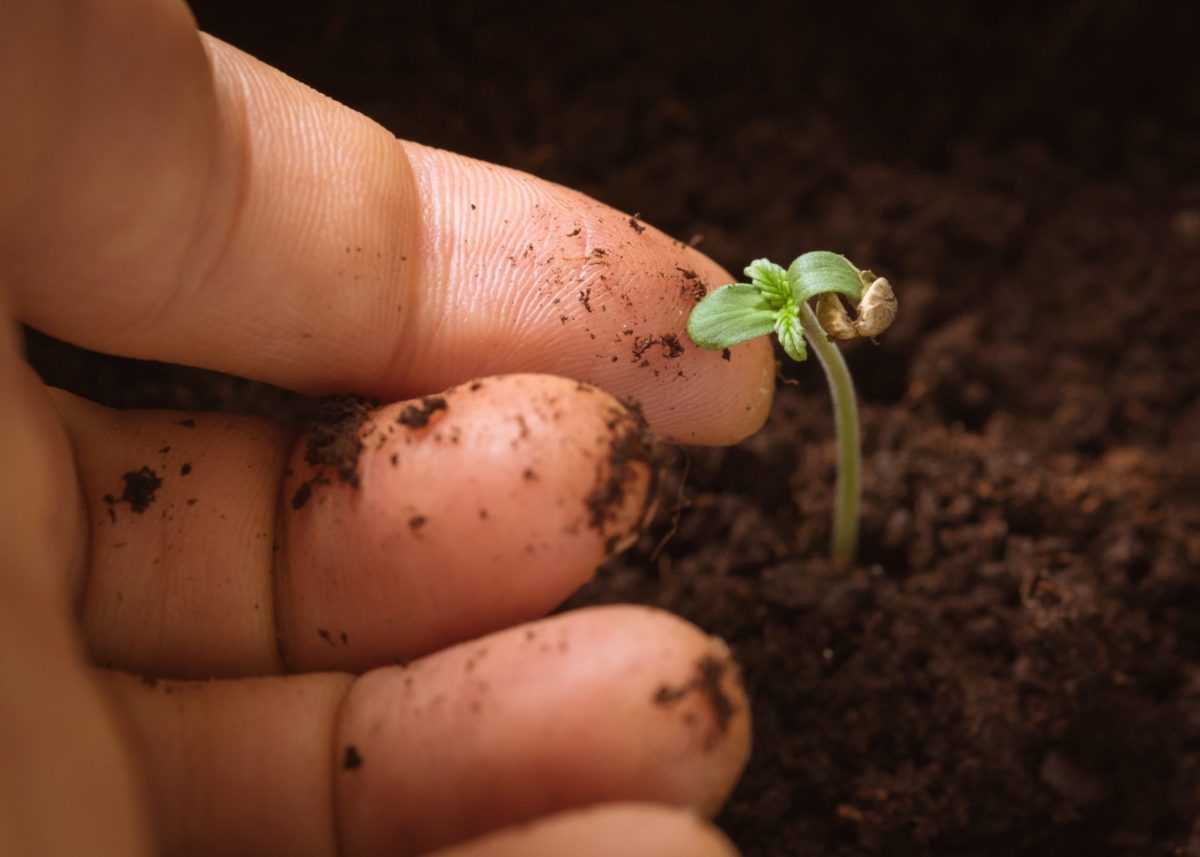Total Cost of Ownership – 3 Strategies to Uncover Hidden Costs in Your Grow

When making decisions on large capital expenditures the term ‘Total Cost of Ownership” is almost certain to be a topic of discussion. It is great that Total Cost of Ownership (TCO) is front and center in modern decision making. It clearly indicates business owners are looking at long-term success. However, I have seen TCO morph into a simple energy comparison and it can be much more powerful if we zoom out and consider a few large but easy-to-forget cannabis grow hidden costs.
- Redundancy Costs vs. Downtime Costs
- Does your climate control system have redundancy? If a piece of equipment in your system failed right now what would be the impact? Is the room reliant on one piece of equipment – single point of failure? Buying additional equipment is a straightforward way to solve this problem but it can be expensive and should be determined in a data-driven way. In the Data Center world there is a whole set of nomenclature to describe redundancy, N+1, N+2, 2N, 2N+1, etc. (N being the number of units required to meet the full cooling requirement of the space). Businesses don’t justify the cost of redundancy on paranoia; they justify it by accounting for the cost of downtime in a system. Knowing the downtime cost of your grow is critical to model the TCO of your system because it enables you to determine the optimal level of redundancy.
- Ongoing Maintenance Costs
- Who will be doing the preventative maintenance at your facility? Who will be doing emergency maintenance at your facility? Preventative and emergency maintenance both have cost and they are not equal for every system type. Determining preventative costs is relatively straightforward; get estimates from your servicing partner for various types of systems and factor them into your TCO. Emergency service costs are harder to quantify but will have much greater variability depending on system type. Parts costs and reliability benchmarks can be used to estimate values. Systems designed to the quality standards of process applications will have a higher mean time to failure rate for example. Cost for emergency replacement can outweigh a year of energy savings quite quickly
- Yields
- Will the level of control of the system lead to an increase in yields? Yes. If this increased revenue from the yields isn’t factored into the TCO it is easy to end up choosing a system that will hold your grow back from peak performance in the interest of upfront cost. That said the juice isn’t always worth the squeeze, that is the whole point of the TCO, if the increased cost of a system forces a payback time beyond your organizations threshold then it shouldn’t be chosen.
All three of these hidden costs will come to roost one day and taking them into consideration on day one is the how to proactively address real world scenarios like failures and yields. Depending on organizational risk tolerance and financial marks the high performance or value system may be the best fit but taking all factors into consideration will make sure you make the right choice for you.
By Scott Hacker. Scott manages business development for the northern United States at Data Aire (Manufacturer of gPod all-in-one climate control system). He has worked in the environmental control industry for 5 years with various system providers. In that time he has served as Vice President of the East Tennessee Chapter of the American Society of Heating Refrigeration and Air-Conditioning Engineers (ASHRAE) and been involved in countless conferences. He has his Master’s Degree in Industrial Engineering from The University of Tennessee and Bachelor’s Degree in Industrial Engineering from The Missouri University of Science and Technology.
